Does homeowners insurance cover roof leaks?



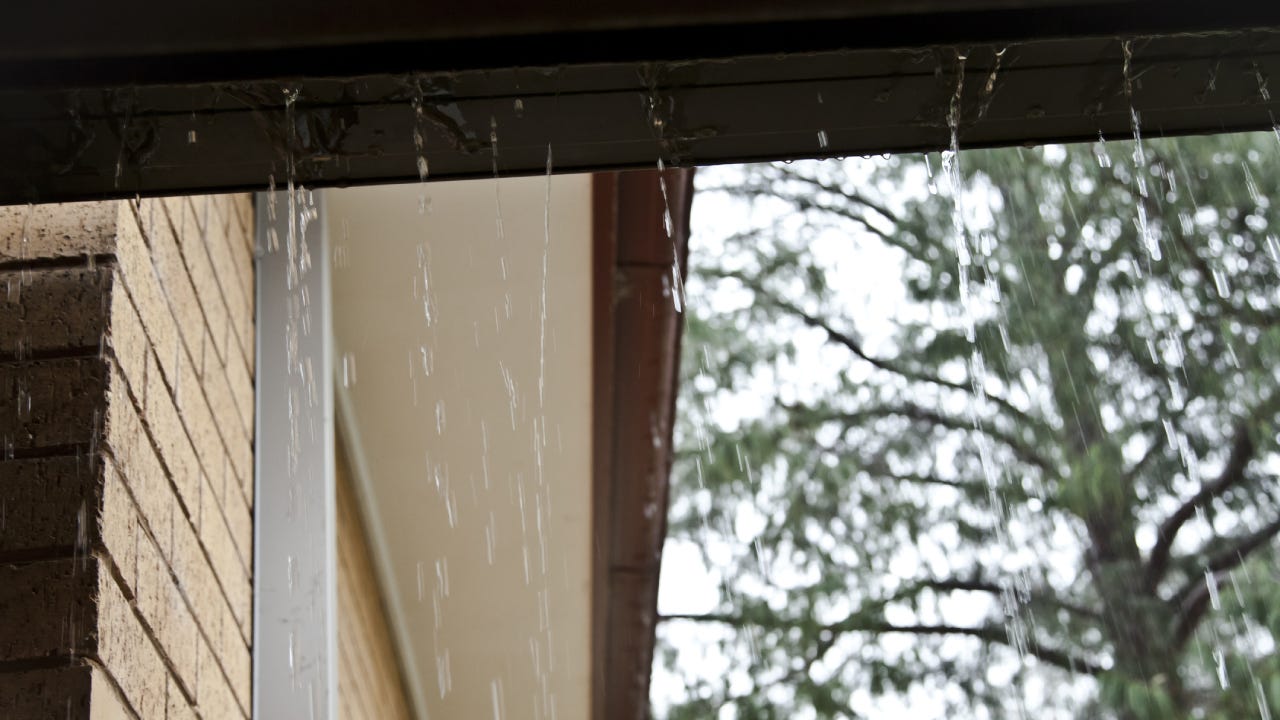
Key takeaways
- Home insurance usually covers roof leaks caused by covered perils, but not damage caused by normal wear and tear or other excluded perils.
- If caused by a covered peril, your home insurance will typically pay to repair or replace your roof and address any damage caused by the leak, minus your deductible.
- Regularly inspecting your roof and repairing any damage may help you avoid leaks.
Under the wrong circumstances, the sound of dripping water is one of the worst things a homeowner can hear. But, whether a roof leak will be covered by your home insurance policy will depend on the source of the damage. Water claims can get tricky, so Bankrate’s team of insurance experts created this guide on what you need to know about roof leaks and home insurance.
Does home insurance cover roof leaks?
Home insurance will usually cover a roof leak if the leak was caused by a covered policy peril. Typically, covered perils are sudden and accidental.
For example, if a storm comes through and its winds blow some of your roof shingles away, causing rain to leak into your ceiling, the associated roof leak would most likely be covered by your home insurance.
Your home insurance policy also covers roof leaks in these scenarios:
- Hail damages roof shingles, causing water to enter when it melts
- A strong storm blows a tree onto your roof
- A fire ignites on the upper level of your home, damaging the roof and allowing water in
Your roof falls under the dwelling (Coverage A) part of your home insurance policy. If you have an HO-3 or HO-5 policy, your roof is covered on an “open-peril” basis. This means that your roof is covered from all kinds of losses, except the ones that are specifically excluded from your policy, which include:
- Ground movement caused by earthquakes, landslides or sinkholes (unless you have earthquake insurance or another policy endorsement)
- Floods (unless you have a separate flood insurance policy)
- Nuclear accidents
- Damage from pests, birds and other bugs
- Fungus, mold and mildew
- Government action
- Settling or cracking of a home’s foundation
- Intentional damage
- Neglect
- Regular wear and tear
When you file a claim for a leaky roof, your insurance company may send a claims adjuster to your home to check out the damage and determine what caused the leak. If the adjuster finds that the leak was caused by something not covered by your policy, your claim will likely be denied. Importantly, general wear and tear and neglect aren’t covered by a home insurance policy. So, if you suffer a loss to your roof and your insurer determines your roof was not well-maintained, your entire claim could be denied, meaning you’d have to pay out of pocket for the repairs.
Will home insurance cover water damage from a roof leak?
Water dripping from your roof can cause damage to your home’s interior walls, ceilings, floors and your personal belongings.
Typically, if the leak was caused by a covered peril, then it will be covered by your home insurance. The dwelling coverage portion of your homeowners insurance policy should pay to fix the damage to the structure of the home while the personal property coverage portion pays to replace or repair damaged belongings, up to your coverage limits.
Although mold is a common policy exclusion, it may be covered if the mold was caused by something covered in your home insurance policy. If mold grows in a naturally damp shed, the damage to that shed won’t be covered by your policy. But, if mold grows as a result of a covered roof leak, your insurance company may help with the cost of remediation.
How do I find a roof leak?
It is best to find a roof or ceiling leak as soon as possible to minimize the water damage caused and increase your chances of having it covered under your homeowners insurance policy. Experts recommend several steps to take to find a roof leak:
- Pinpoint the source of the leak: If you notice water marks on your ceiling or mold along the walls, there may be a leak somewhere nearby. If the ceiling is leaking, check the room above for potential causes, soft flooring or other indicators of water damage. If the roof is leaking, search for points of entry, such as missing, damaged or cracked shingles, vent pipe or chimney cracks and missing gutters. You can also check your attic for signs of water damage or mold, especially on a rainy day. Rotted wood and moldy insulation are common signs of water leaks.
- Make repairs right away: Once you find the source of the leak, it is important to make repairs right away to minimize damage. You may be able to DIY some repairs, while others may require a professional. If you have to file a claim, then document the process closely before making any changes.
- Check your roof regularly: Make sure your roof is in good working order by checking it regularly. Check if there are any cracked, damaged or missing shingles, and replace them promptly. Ensure the chimney and vent pipes are not damaged and the flashing is still tacked in place. Additionally, it’s important to work with a licensed professional to inspect your roof annually, especially in states or areas prone to hurricanes and tornadoes.
- Watch your top-floor ceiling: By inspecting your ceiling on the top floor of your home regularly, you might catch small leaks before they become a big problem. If there is any damage to your highest ceiling, check the attic and roof for damage right away.
Should I file a claim for a leaky roof?
Just because your home insurance company covers a roof claim doesn’t mean you have to file a claim. In fact, it’s possible that filling a claim can cost you more in the long run.
First, consider your home insurance claims history. When you file a home insurance claim, your insurance provider will likely raise your rate when your policy renews. It could take several review cycles to get your rate back down, so you could be left paying for the damage for years to come.
It’s important not to overlook your deductible when filing a roof leak claim. Your deductible is the amount of money you are financially responsible for when you file a claim on your home insurance policy. Home insurance deductibles can be anywhere from $500 up to $5,000, depending on your policy. Roof damage could fall under a windstorm or wind/hail deductible in coastal states that are prone to hurricanes as well as tornado-prone states.
In general, most insurance experts recommend only filing a claim if the damage estimate is significantly higher than your deductible. That way, you can avoid a premium surcharge. Any claim you file with your home insurance company has the potential to raise your rates, even if nothing has been paid out.
Should I repair or replace a leaky roof?
It depends on the extent of the damage, how old your roof is and your budget. Some repairs may be very minor, and the total repair costs may be below your home insurance deductible. In that case, it may be worthwhile to either fix the repair yourself or hire a roofer. However, weigh the benefits and drawbacks of a DIY roofing project before taking a trip to the hardware store:

Pros
- Can be cheaper
- Greater control over project costs
- Learn how to do basic repairs yourself

Cons
- May not work for larger projects
- Could pose safety risks
- Poorly done DIY repairs could void your home insurance policy
If you have an older roof, you may want to consider a full roof replacement. It won’t be cheap, but it may be more worthwhile in the long term. A partial replacement may be a good compromise for homeowners with tighter budgets.
Frequently asked questions
You may also like
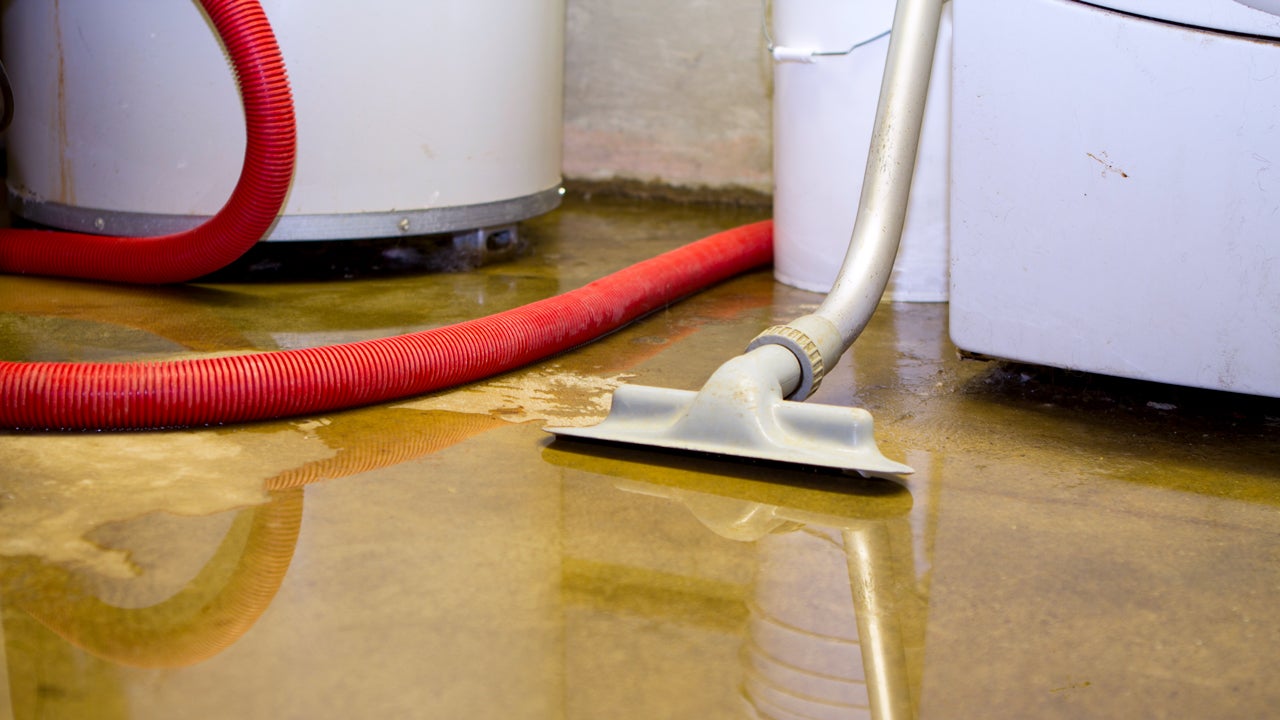
Does homeowners insurance cover water damage?
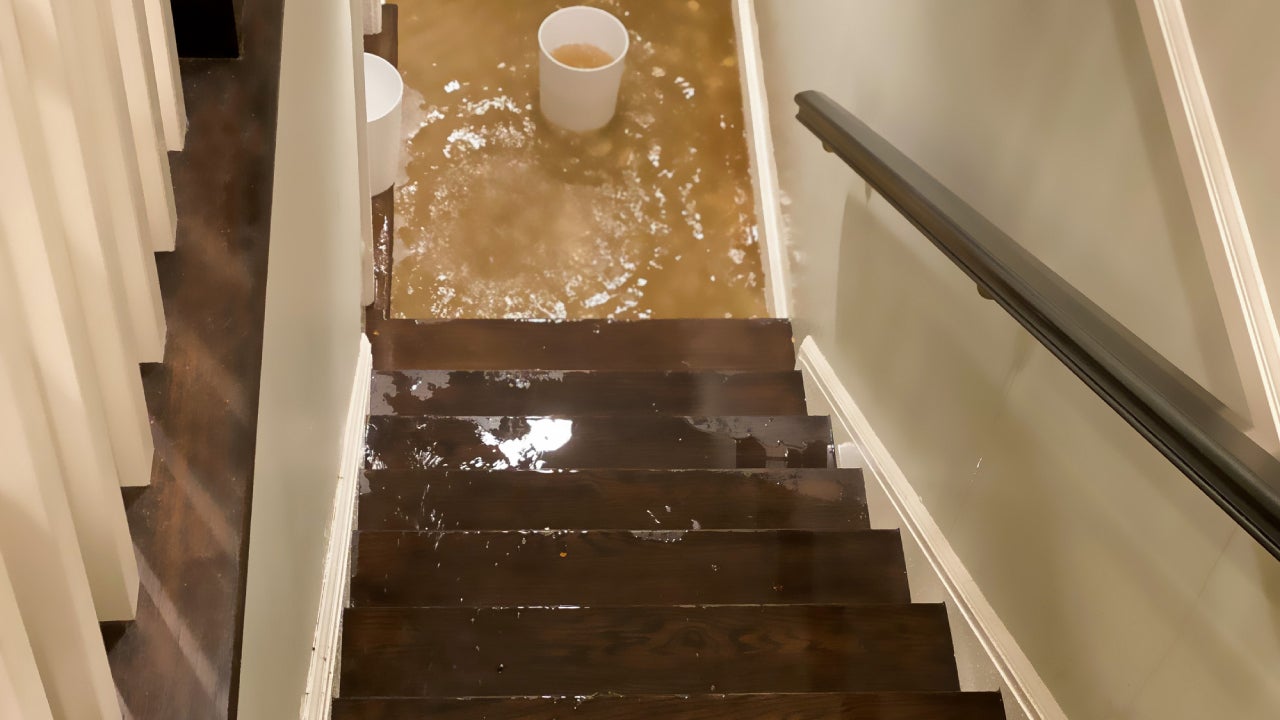
Does homeowners insurance cover basement flooding?
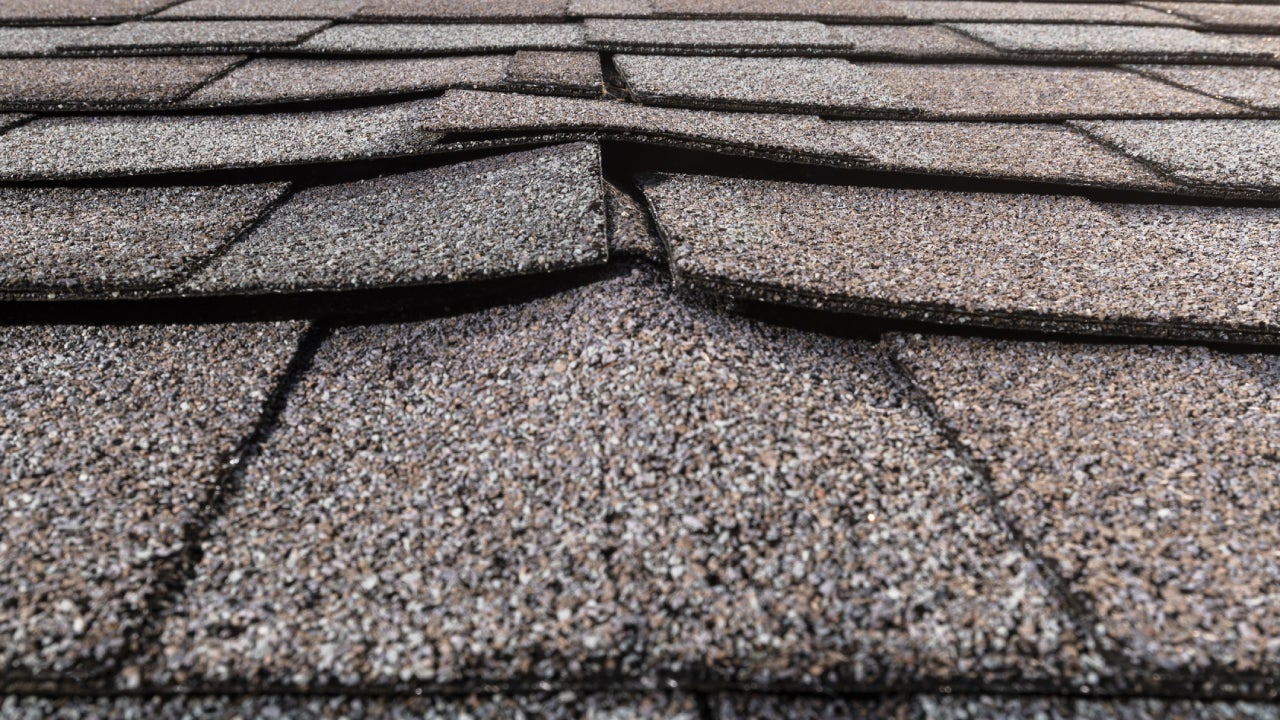
Does home insurance cover roof replacement
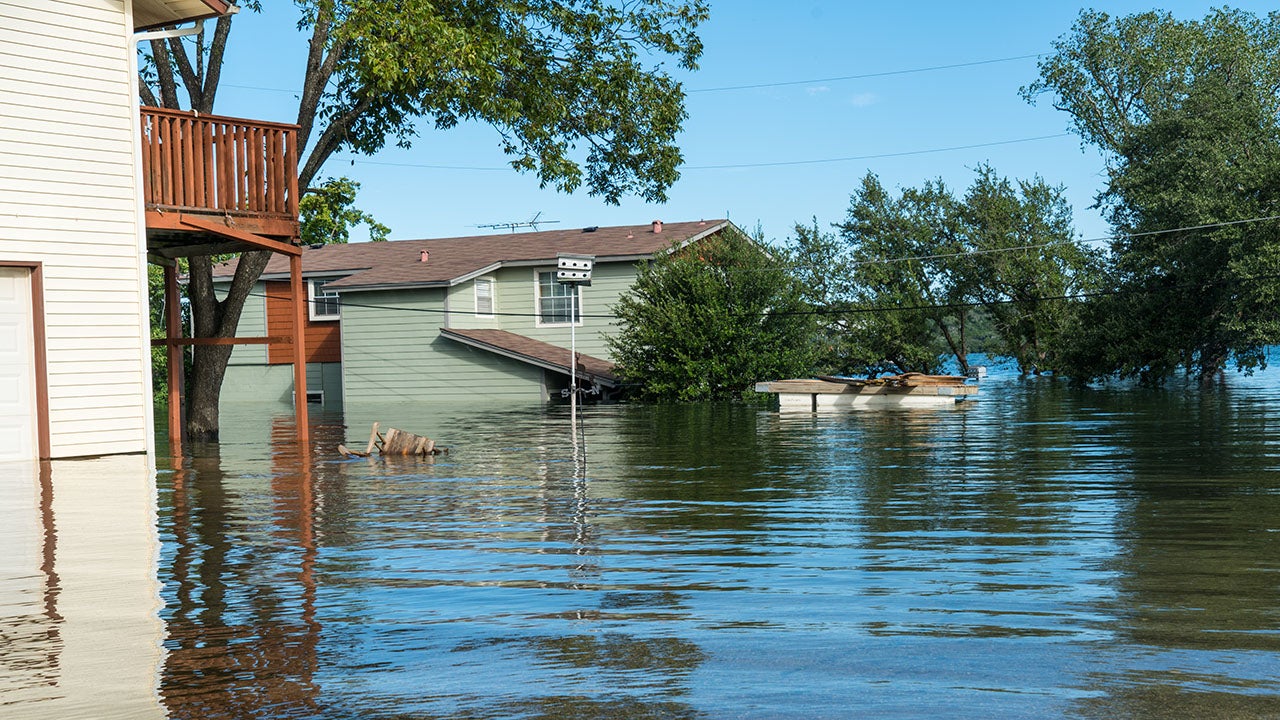
Does homeowners insurance cover flooding?
